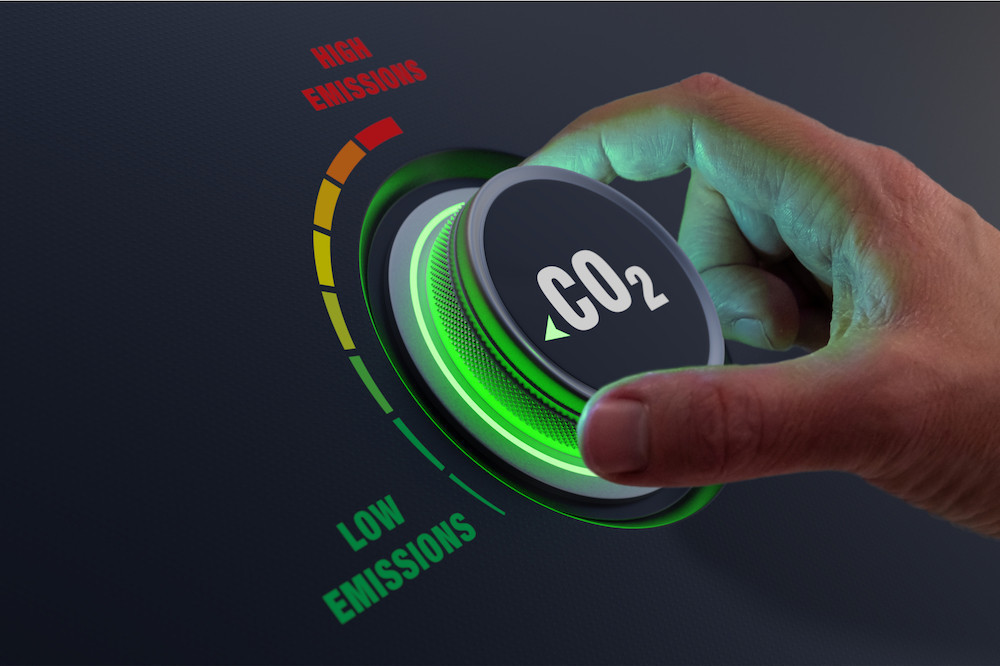Remaining competitive while limiting their energy costs and emissions are key the issues facing manufacturing companies in Luxembourg and across Europe. To support them in their transition to a net-zero emissions economy, the government has drafted bill 8462, which proposes to create two new forms of aid that cannot be combined: one for decarbonising manufacturing industry through the direct electrification of production processes; the other for investment in manufacturing in certain key sectors for the energy transition.
In its opinion published on the Chamber of Deputies website on Monday 17 February, the Chamber of Commerce welcomed the proposal “very favourably.” However, it recommends clarifying the payment of aid for the decarbonisation of industry spread over 10 years, in the event that greenhouse gas reductions are not achieved in a given year.
A competitive process
In concrete terms, the aid for projects to electrify industrial production processes will be awarded following a competitive tendering process organised by the economy ministry “in an open, clear, transparent and non-discriminatory manner. Each competitive bidding procedure may not exceed €500m, and the aid per company may not exceed €200m,” explains the bill. Projects will be selected on the basis of the amount of aid requested (by the company) per tonne of CO2 equivalent eliminated over a 10-year period. The project financial statement specifies that the total state budget allocated to this aid will be €400m.
The proposed investment must enable direct greenhouse gas emissions to be reduced by at least 40% compared with the annual average of direct emissions over the five years preceding the application for aid, and this solely via the direct electrification of industrial processes running on fossil fuels at the time of the application. “Furthermore, the aid granted may not result in an increase in the overall production capacity of the beneficiary company, as only the decarbonisation of an existing production process can be financed by state aid, and not the generation of additional profit.”
Flexibility requested
The aid will be paid in several instalments. The first instalment is 45% of the project’s investment costs as soon as the plant or equipment in question is commissioned. Requests for payment of this instalment must be made within six months of commissioning. Thereafter, the remaining amount due will be paid at the rate of one instalment per year for the next 10 years. However, these instalments will be paid on the explicit condition that a certain level of decarbonisation is achieved during the year in question.
And it is on this point that the Chamber of Commerce is asking the government for clarification, explaining that the text of the bill, tabled at the end of November, does not “make it clear whether this tranche will simply be lost and deducted from the amount still owed to the company, or whether it can be carried forward to a later year, once this level of decarbonisation has been achieved. This ambiguity should be corrected by providing for the deferral of this tranche (within a limit to be determined). Indeed, although the Chamber of Commerce understands that projects must be completed within a relatively limited timeframe in order to effectively accelerate the transition, unforeseen circumstances (particularly technical or logistical) may arise, delaying the achievement of the expected level of decarbonisation. A degree of flexibility in aid in this respect should be taken into account,” adds the opinion.
Procedures to be carried out via MyGuichet
The second grant--for investment in strategic sectors for the transition to a net zero emissions economy--has a total allocated state budget of €20m. Eligible investments include the production of equipment useful for the energy transition (batteries, photovoltaic panels, wind turbines, heat pumps, etc.), the production of essential components intended for the production of the aforementioned equipment, and the production or recovery of critical raw materials needed for the production of the aforementioned equipment and components.
The bill’s financial statement specifies that an additional budget for the Government IT Centre (CTIE) is needed to “set up the aid application process via MyGuichet and process the aid through the ministry of the economy’s dedicated back office.” The Chamber of Commerce, for its part, “would have appreciated a more detailed estimate of these needs, as well as the budgetary impact,” it explains.
Industry: 14.6% of emissions
As a reminder, Luxembourg is aiming for carbon neutrality by 2050, as set out in its climate law of 15 December 2020. The Integrated National Energy and Climate Plan (PNEC), , sets out the grand duchy’s intermediate targets for 2030, namely reducing its greenhouse gas emissions by 55% compared with 2005, increasing energy efficiency by 42% and achieving a 37% share of renewable energy in its final energy consumption.
According to the bill’s financial statement, whilst industry in Luxembourg accounted for 14.6% of total greenhouse gas emissions in 2019, a government survey of eligible companies estimated that the first aid measure should help to reduce CO2 equivalent by 100,000 tonnes, or 6.5% of industry’s greenhouse gas emissions (Emissions Trading System (ETS) and non-ETS) in 2019. These estimates will be refined by a second survey planned by the government for early 2025.
This article was originally published in .
